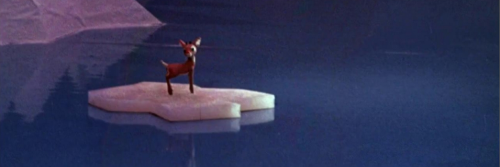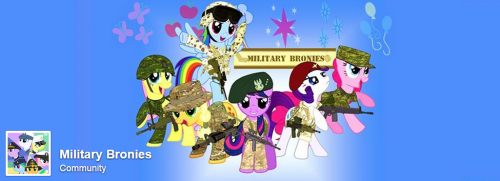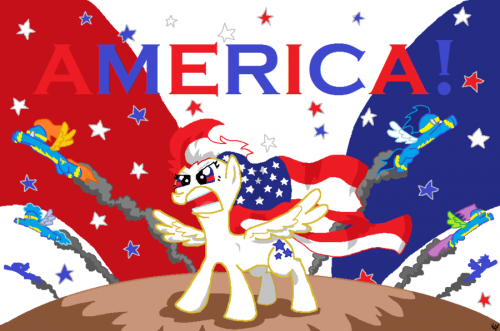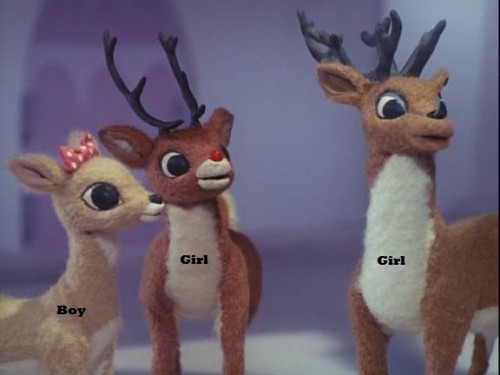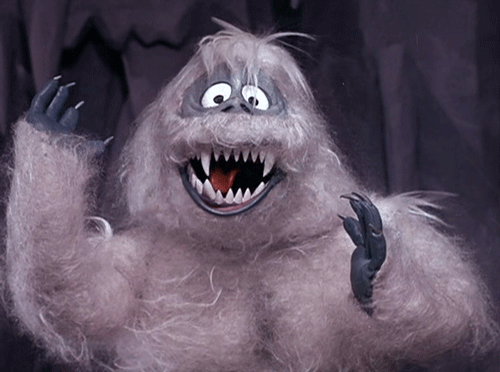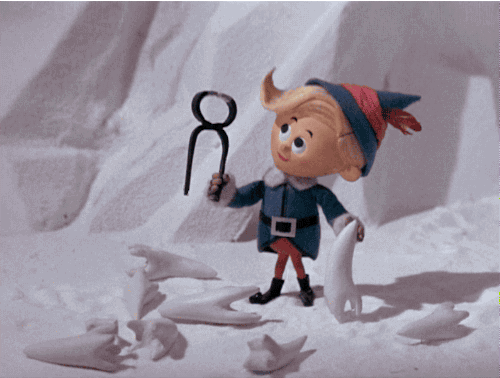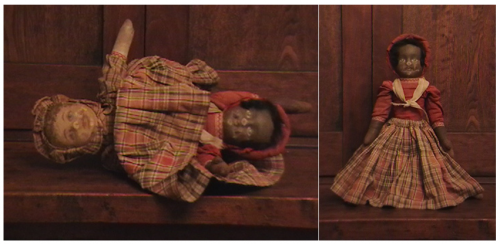SocImages authors and readers love pointing out pointlessly gendered products, especially children’s toys in blue and pink. Since gender is about what we do in the world, all the things we use for work and play can give weight to assumptions about gender differences that aren’t true. Critics of pointlessly gendered products emphasize that small differences in design—from color to function—can ultimately add up to big differences in how people learn to act in the world.
Gendering toys isn’t just about the color, it is also about what we teach kids to do with them. That’s why I got a huge kick out of this video: a compilation of old commercial shots of “white boys winning board games.” Of course, I haven’t done a systemic sampling of old commercials to see if girls win too, but this compilation makes an important point about how we can miss tropes that only show one outcome of social interaction over and over, especially competition.
I remember being a competitive kid when it came to board games. I didn’t like losing at all, and it took quite a few years until I learned to just enjoy playing on its own. After this compilation I look back and wonder whether I just felt bad about losing—as most of us do from time to time—or whether a part of that feeling was also a sense that something was wrong because I was “supposed” to be winning like the other boys. That’s the power of gendered socialization.
Evan Stewart is an assistant professor of sociology at University of Massachusetts Boston. You can follow his work at his website, on Twitter, or on BlueSky.

